fall inside a hole
Basic No. 2 Set Hikari with Light (1979)
First written October 4, 2023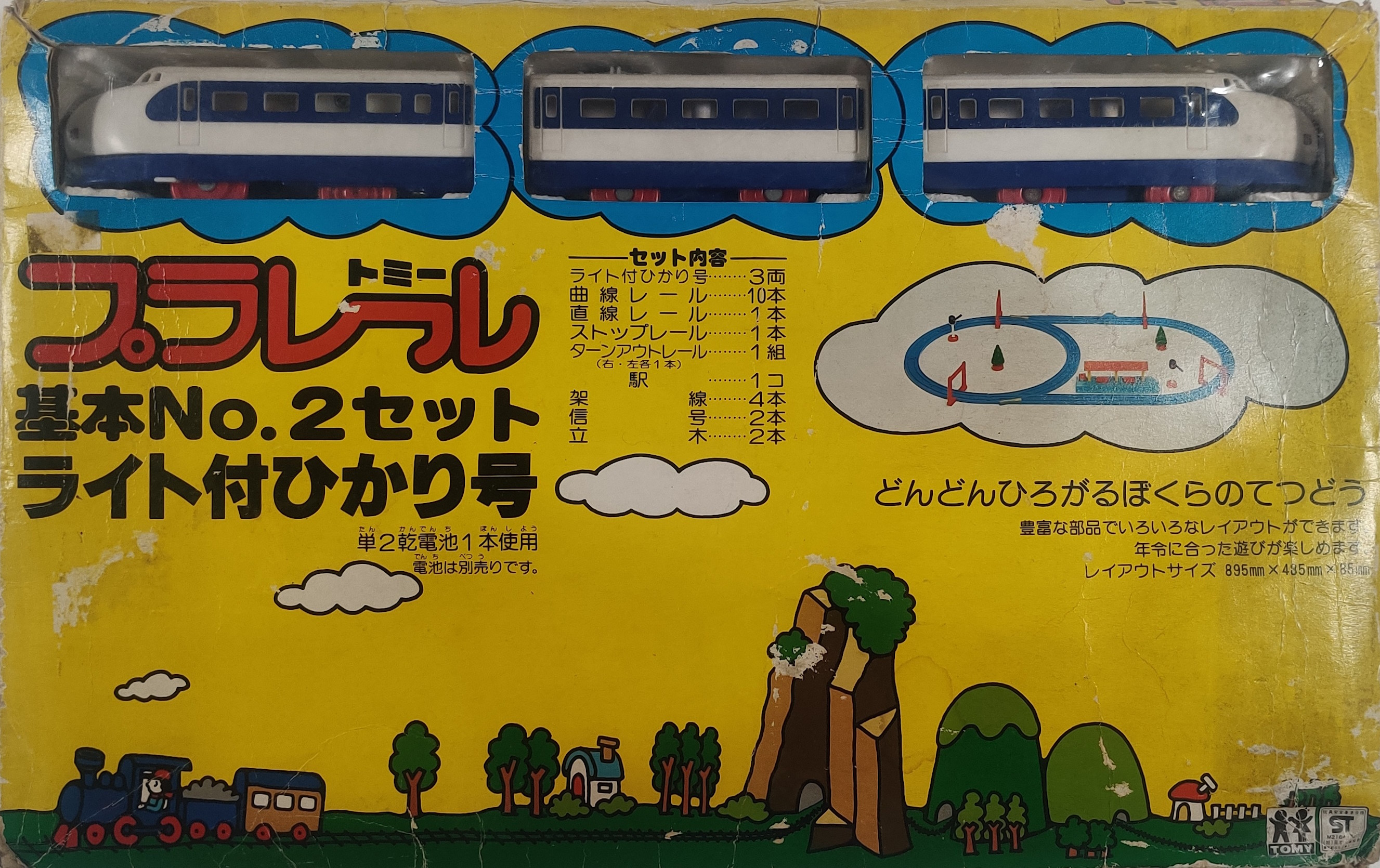
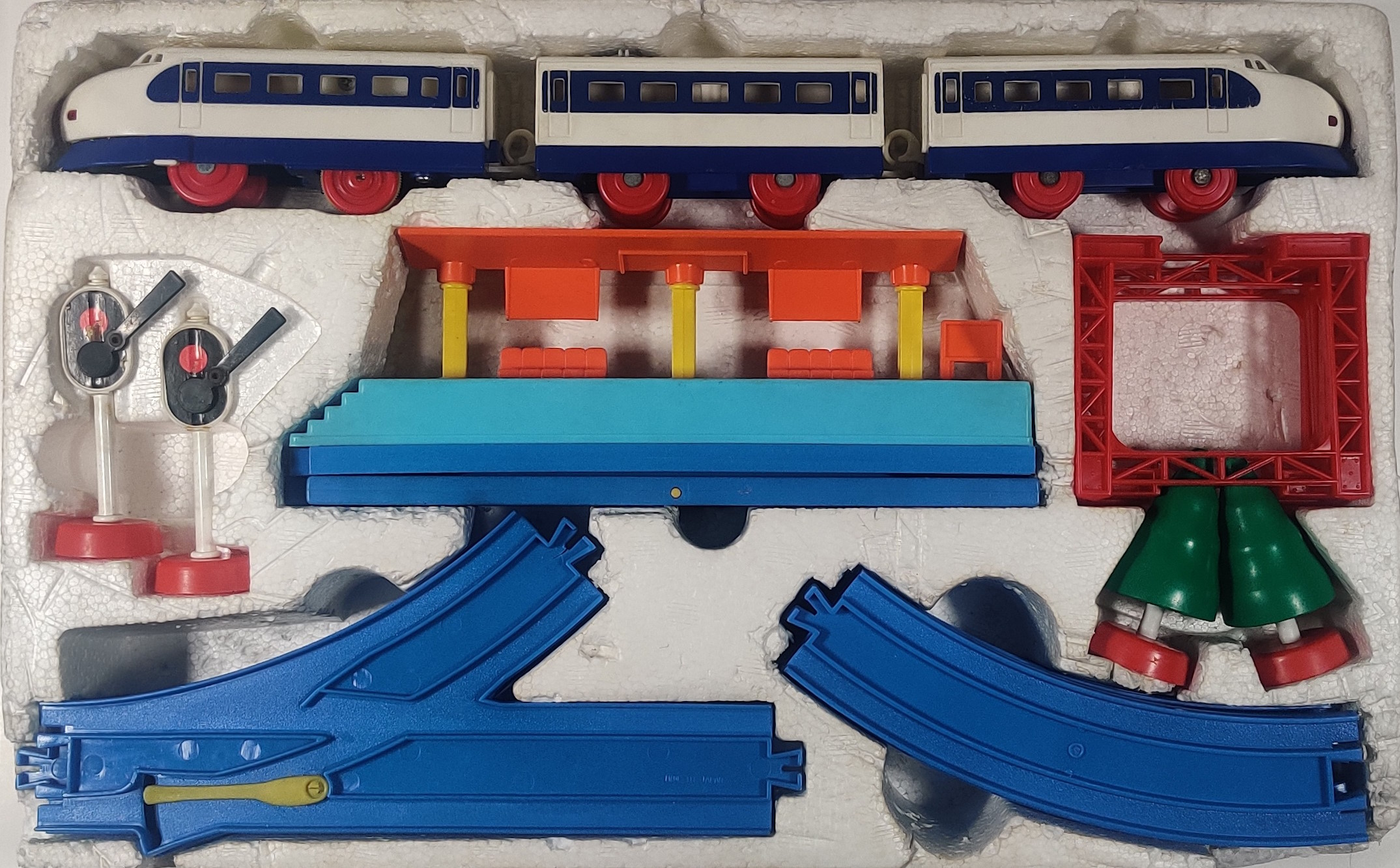
The Basic No.2 Set Hikari with Light (基本No.2 セットライト付ひかり号) was released in Spring 1979 and featured the new-for-1979 Hikari with Light in basically the same set as the 1977 Basic No.2 Set which included an older non-lit Hikari. Accessories include a common commuter station of the era, two signals, two trees, and catenaries.



The top and bottom of the box shows some ideas for how to expand the set, in particular using some track packs of the time like the Double Rail Parts Set. The corner of the box with its year of manufacture mark has been torn off over the years, but based on the lack of "JAPAN" text on the carriage wheel inserts it is probably an earlier example. It was originally released alongside the Blue Train Set - actually, I have a film strip of a commercial featuring the two sets hanging around.
Set contents| Quantity |
Item |
Photo |
|---|---|---|
| 3 pieces | Hikari with Light (old power gearbox with headlight in upper body shell) |

|
| 1 | R-01 Straight Rail (roughtop with Japan markings) |

|
| 10 | R-03 Curve Rail (roughtop with Japan markings) |
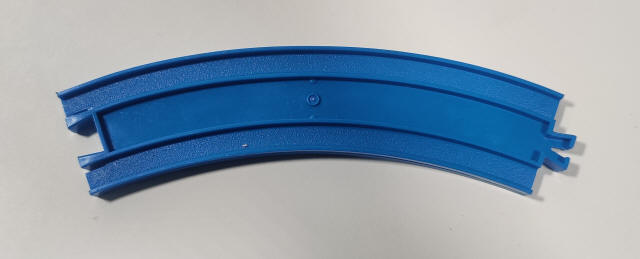
|
| 1 | R-08 Stop Rail (smooth with Japan markings) |
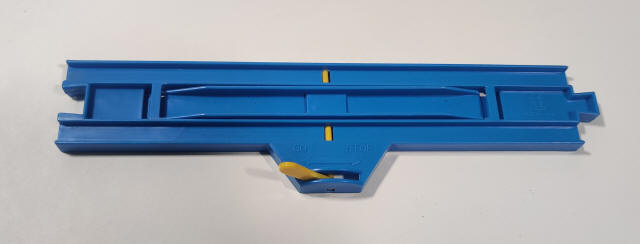 |
| 2 pieces | R-11 Turnout Rail (one pair) (roughtop with Japan markings) |
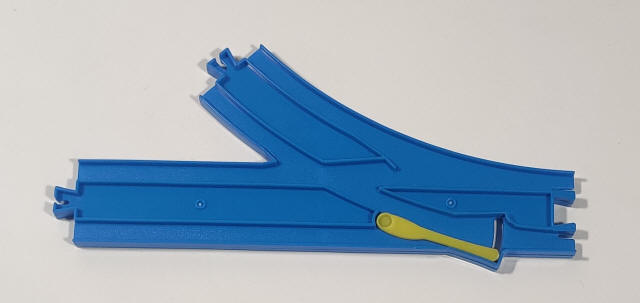 |
| 1 | Station Platform |
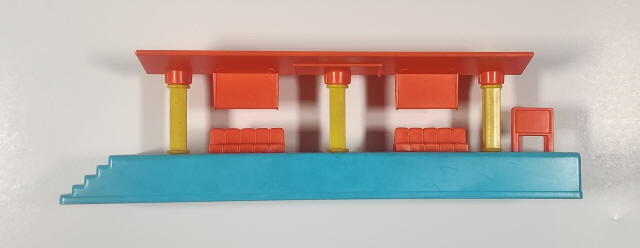 |
| 2 | Signal |
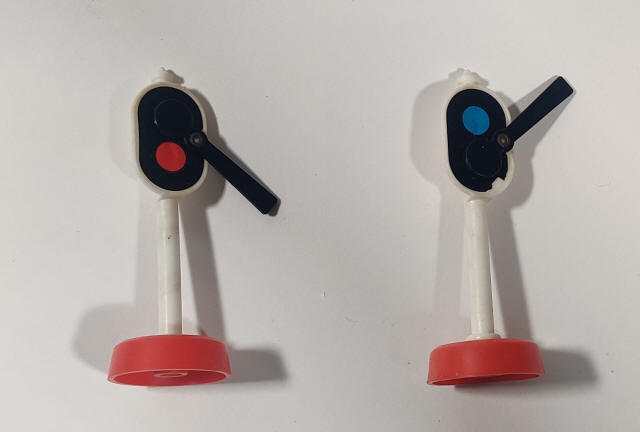 |
| 2 | Standing Tree |
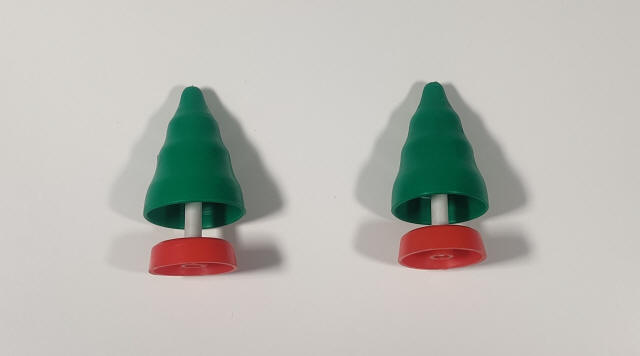 |
| 4 | Catenary |
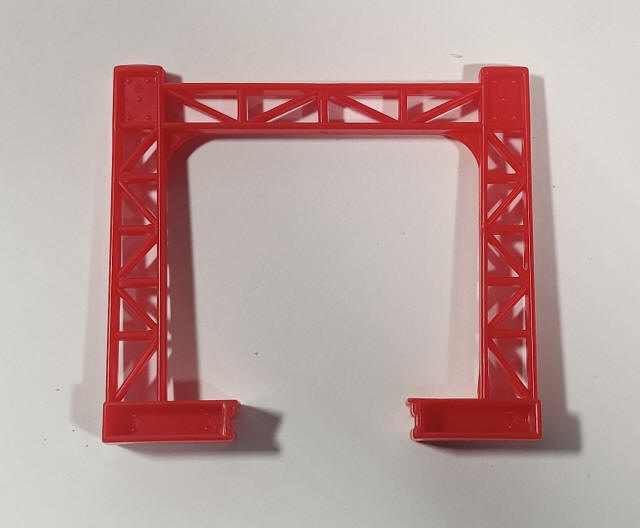 |
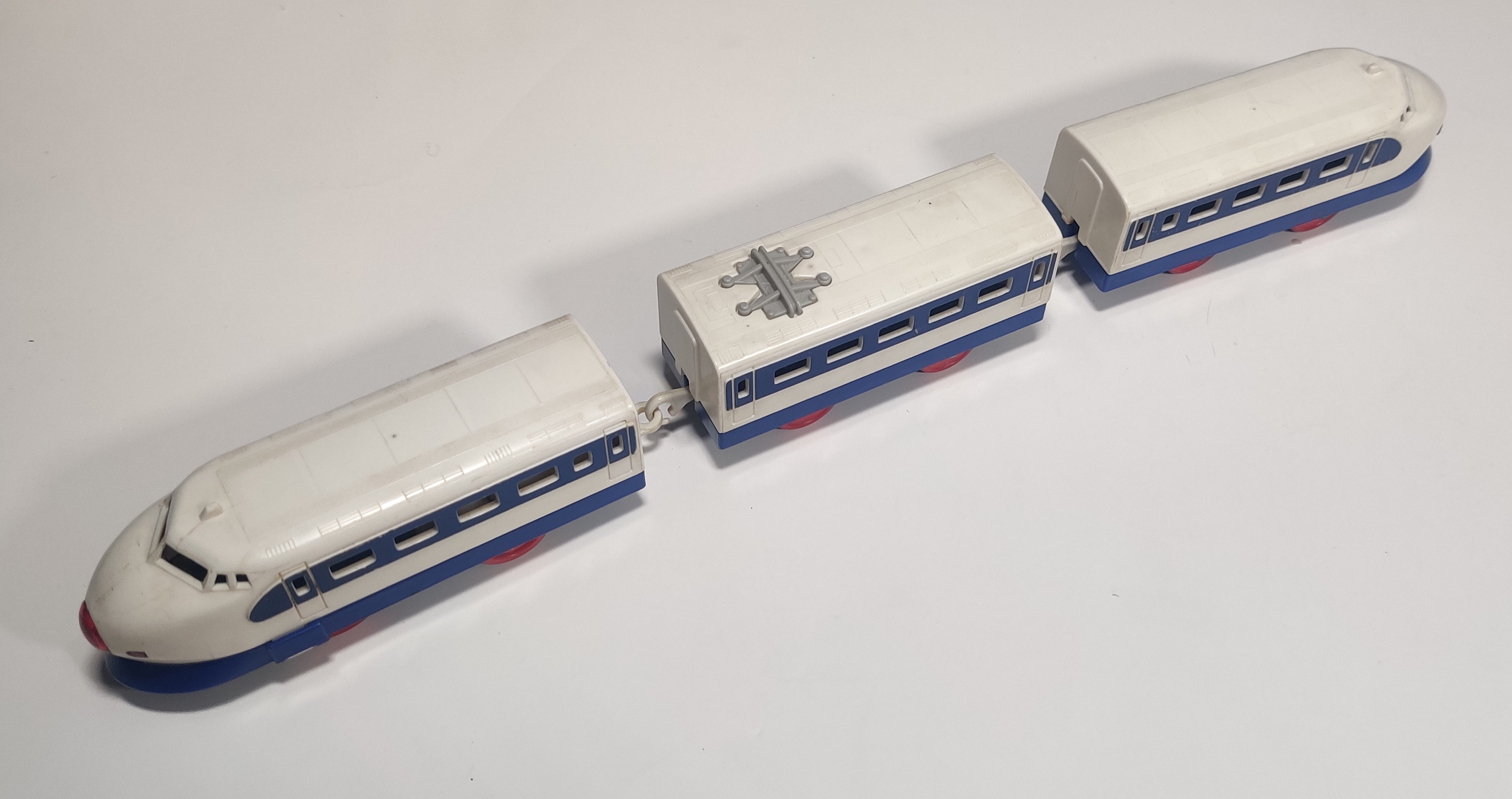
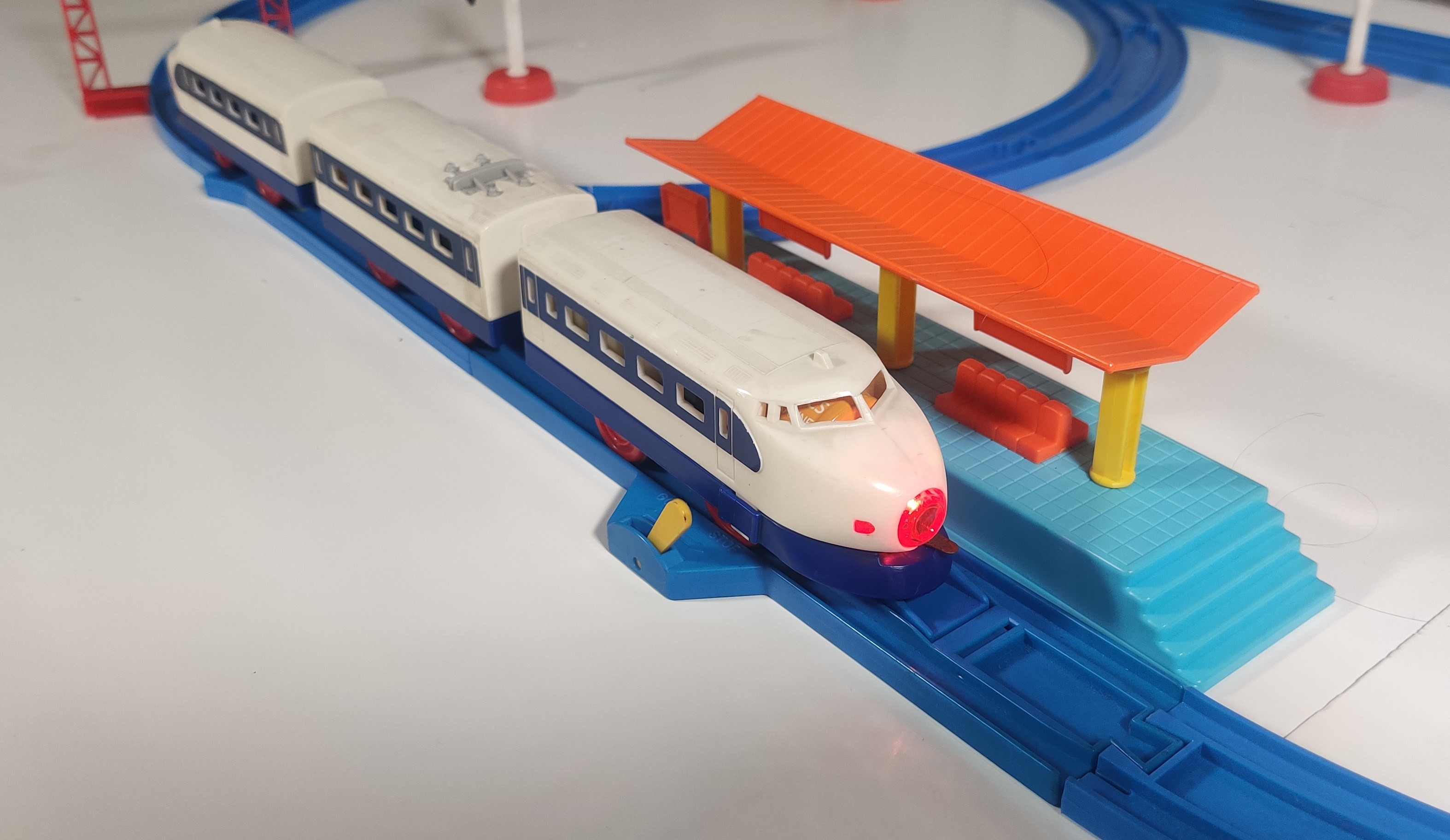
The Hikari is the high-speed express train running on the Tokaido Shinkansen line. 0-series Shinkansen trains ran the Hikari (as well as the slower Kodama train) from their introduction on October 1st, 1964 through the introduction of 100-series Shinkansen to Hikari service on October 1st, 1985 and until 2000 on the West Hikari run on the Sanyo Shinkansen line, with some temporary Hikari 0-series trains running until December 2008. Before the introduction of any of the other series of Shinkansen the 0 series was called a few different names including the Hikari.
The Hikari with Light was first released in 1979 and was released in this new version of the Basic Set No.2 in the same year, replacing the older "blue bonnet" train used in the 1977 set. My boxed copy of the set was pieced together from an incomplete boxed example and parts from a lot that contained all the pieces to the set.
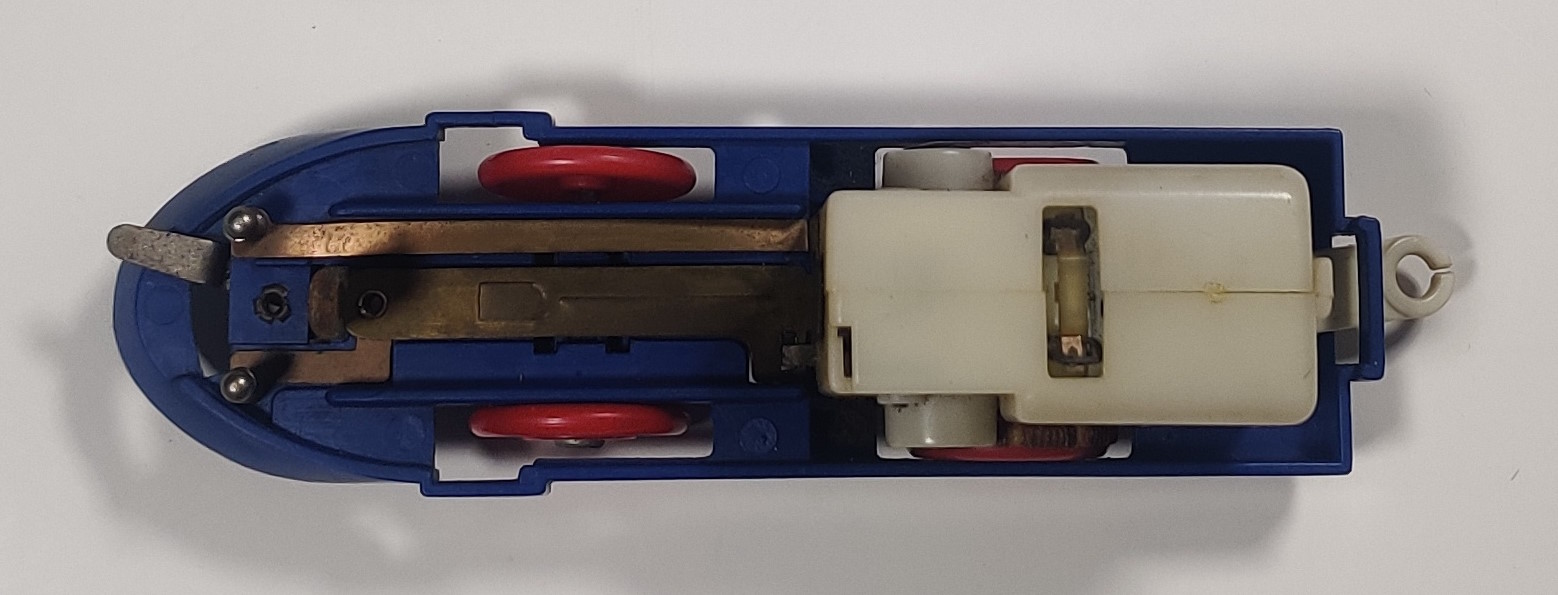
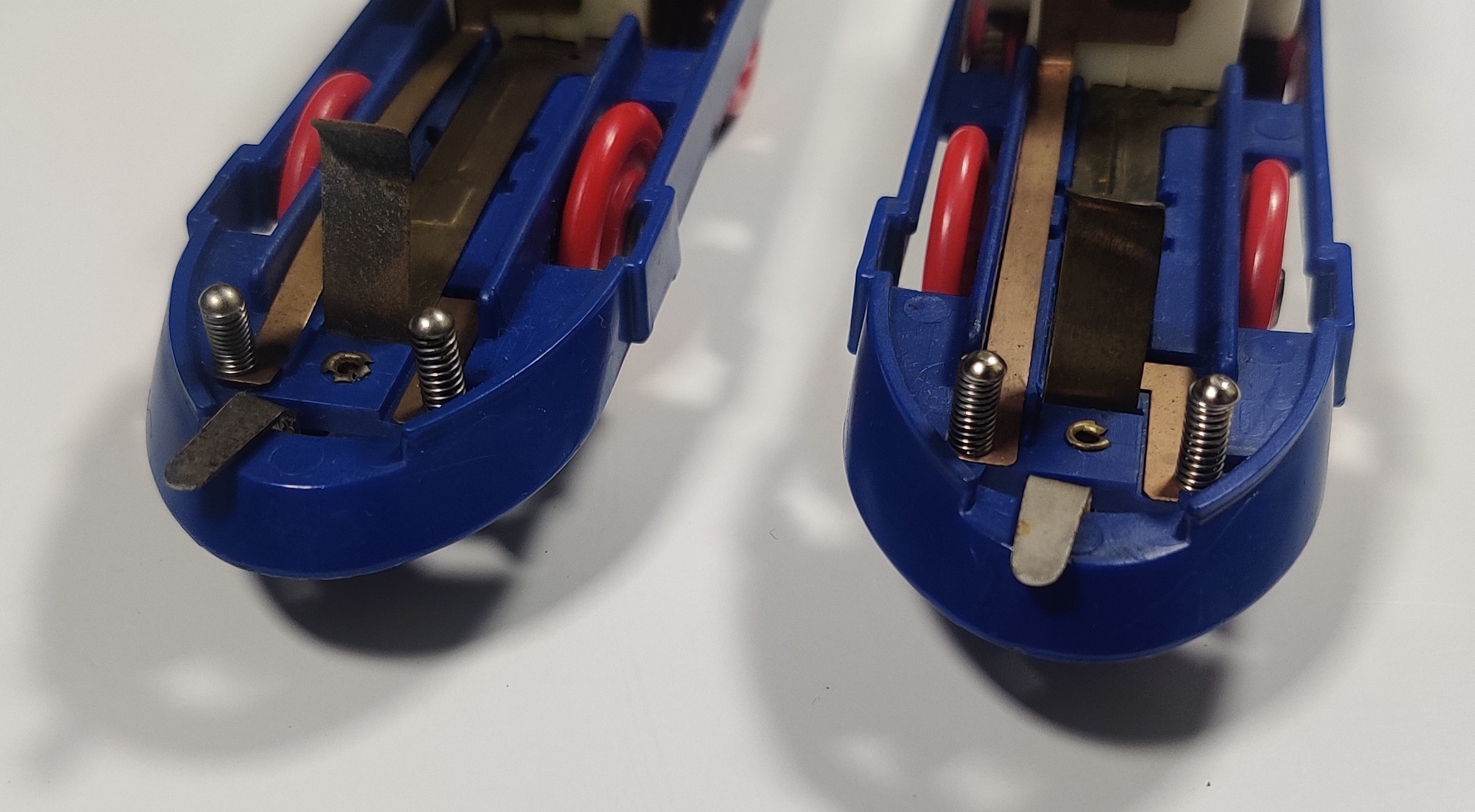
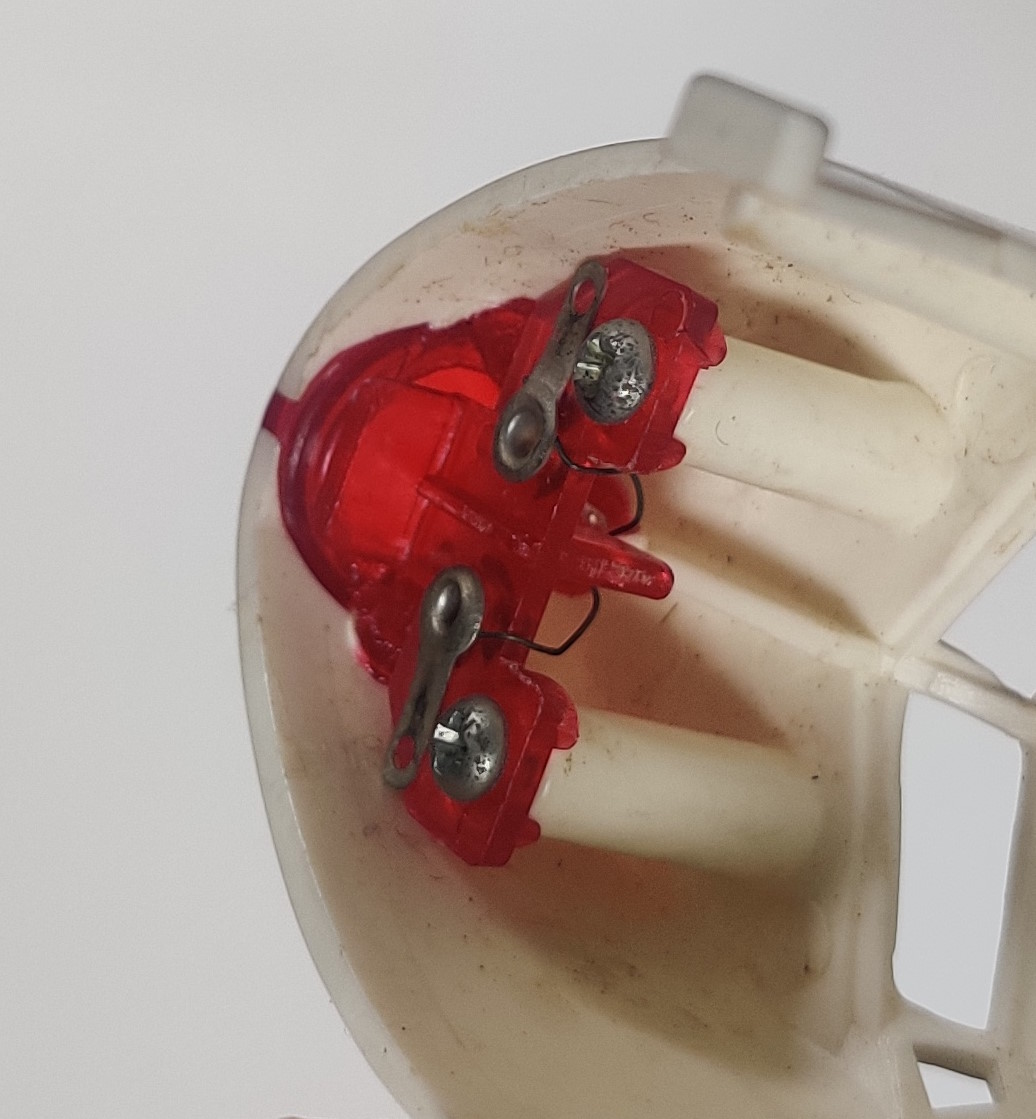
The power car uses the plastic rim-drive gearbox of the era with extra contact strips and sprung contacts to transmit power to the bulb in hte translucent red nosepiece. The original rim-drive tires were mostly intact but dry rotted and wrapping them in a layer of heat-shrink tubing as well as replacing the wheel's tires got the engine running nicely again.
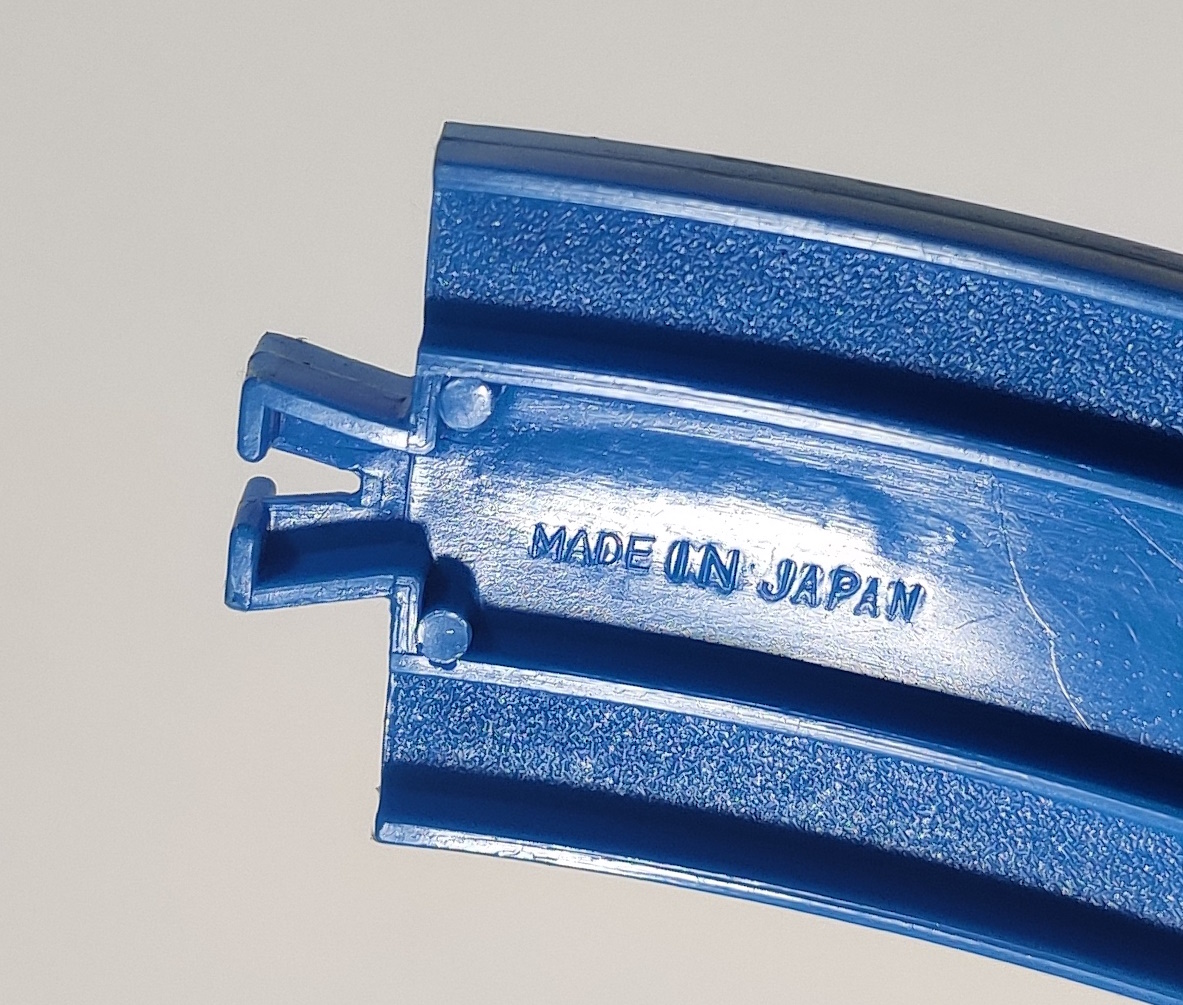
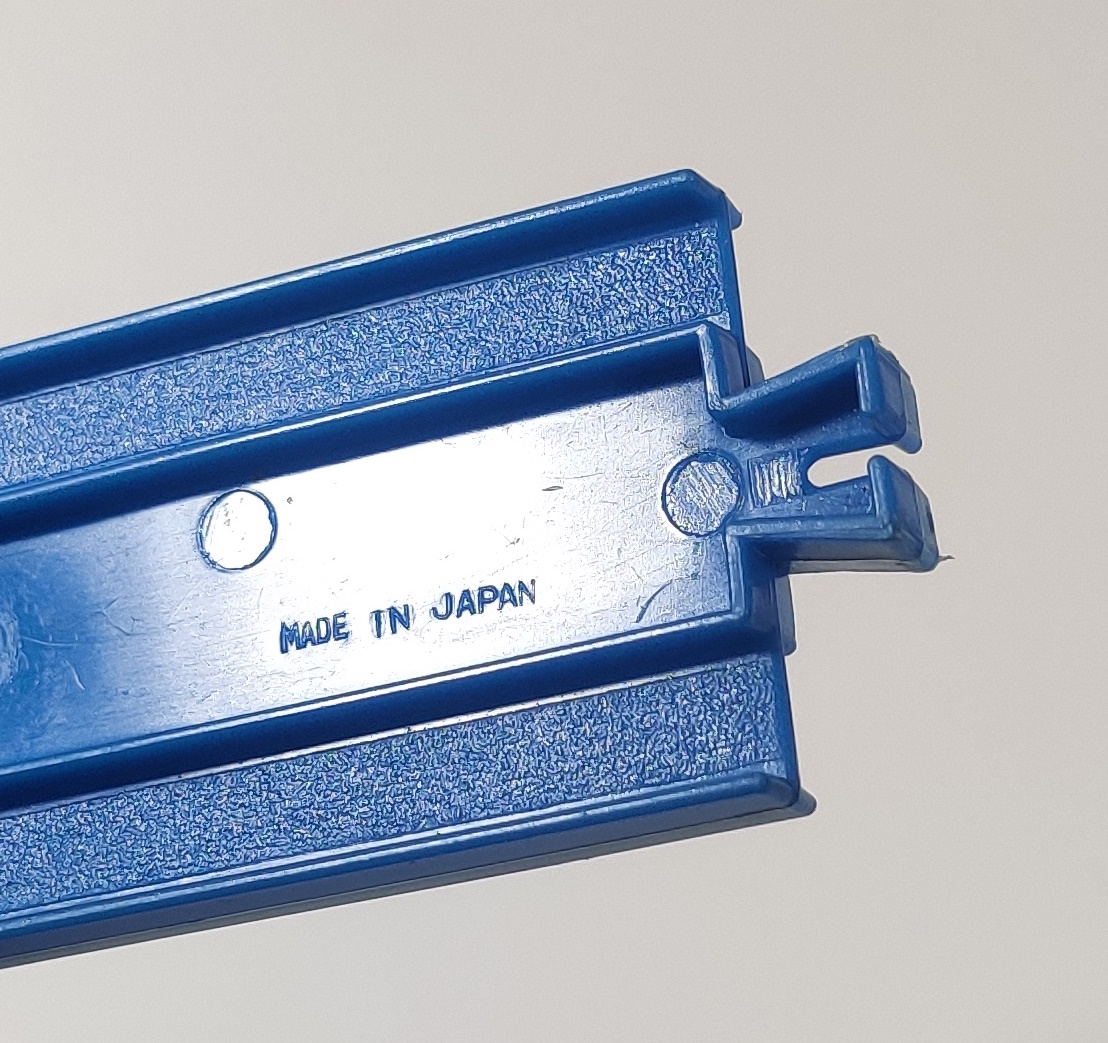
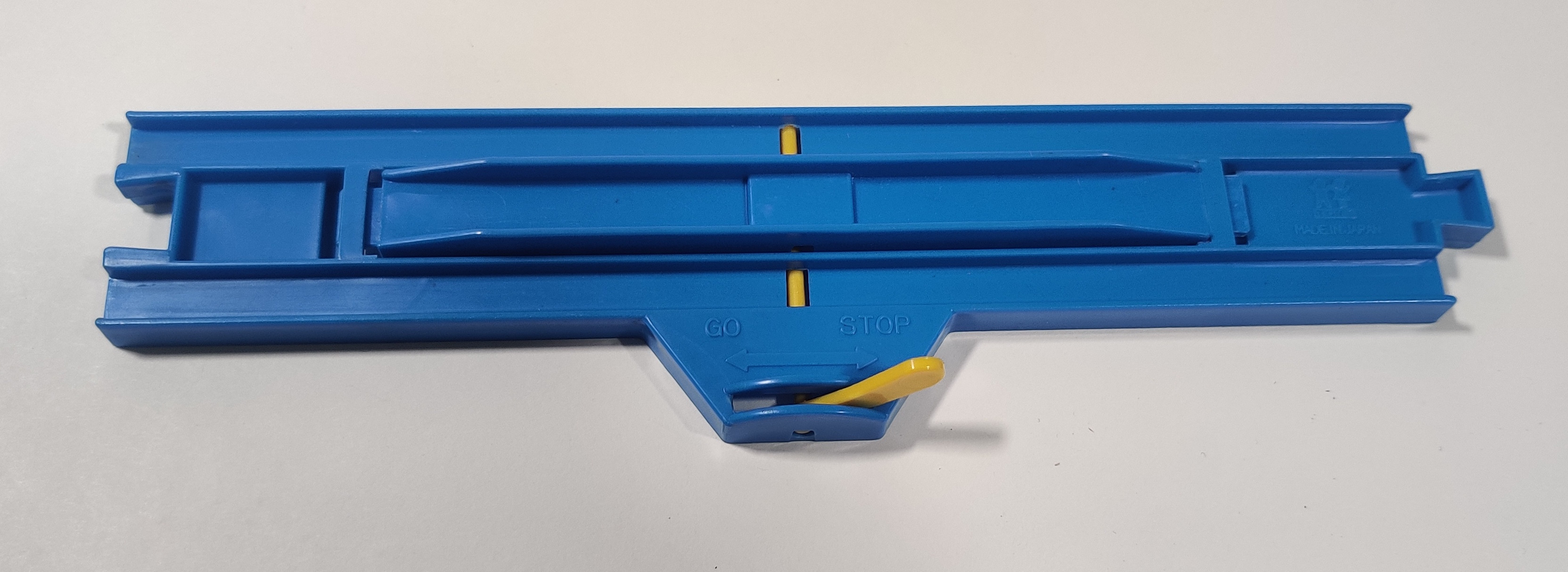
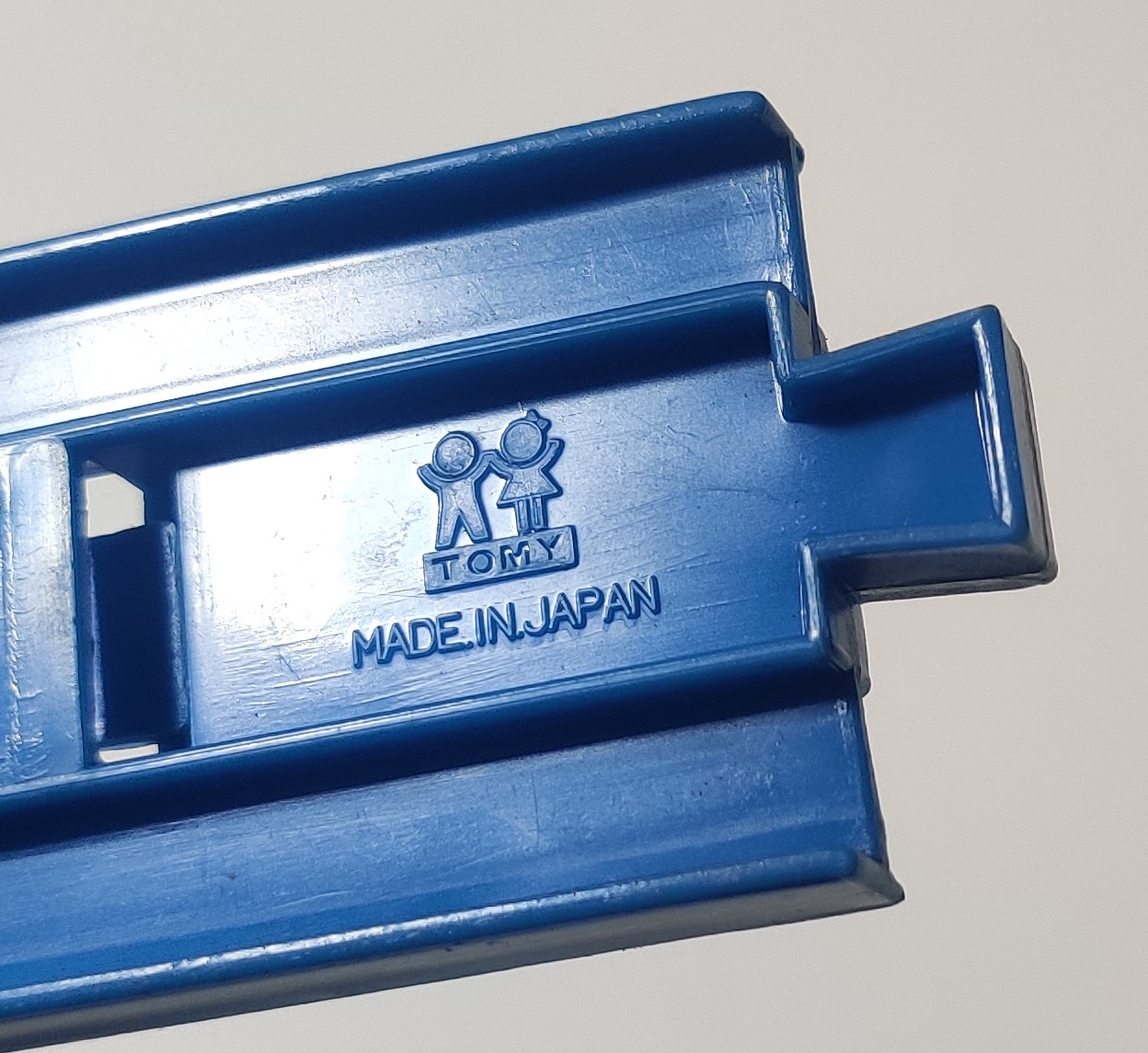
All rails in this set were manufactured in Japan and are of the roughtop variety except for the stop rail, which is a completely smooth older "thin" stop rail. Levers on turnouts are the older more translucent style.
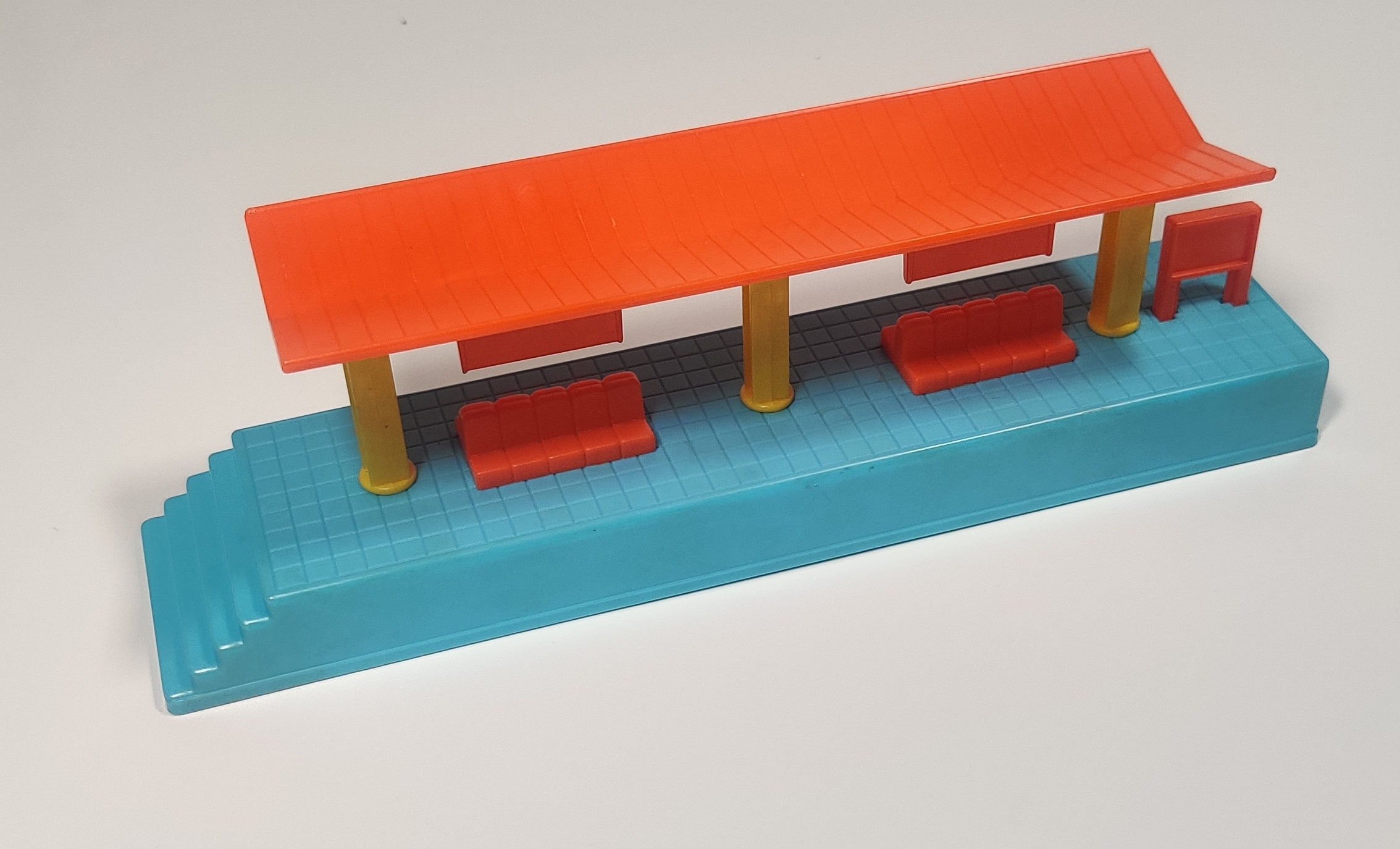
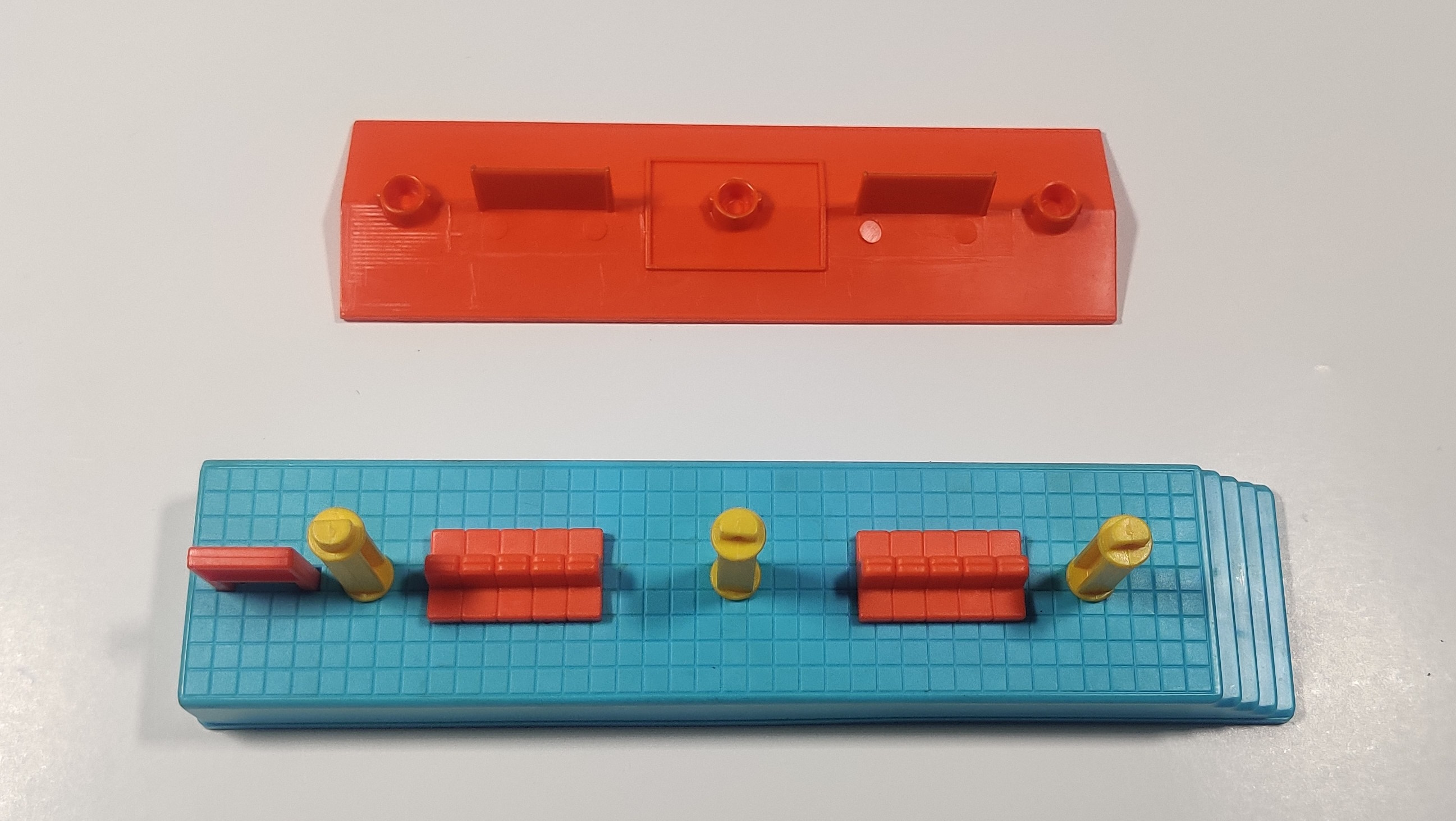
This station was released in sets and individually in several variations. The version in this set has a blue station platform, orange benches, sign, and roof, and yellow roof supports. This set includes the updated roof molding with hanging signs as well as the other molding features shared with the more detailed Station Platform version of this station with the small yellow kiosk which debuted in 1978. This style of station eventually evolved into the 1980s Elevated Station.
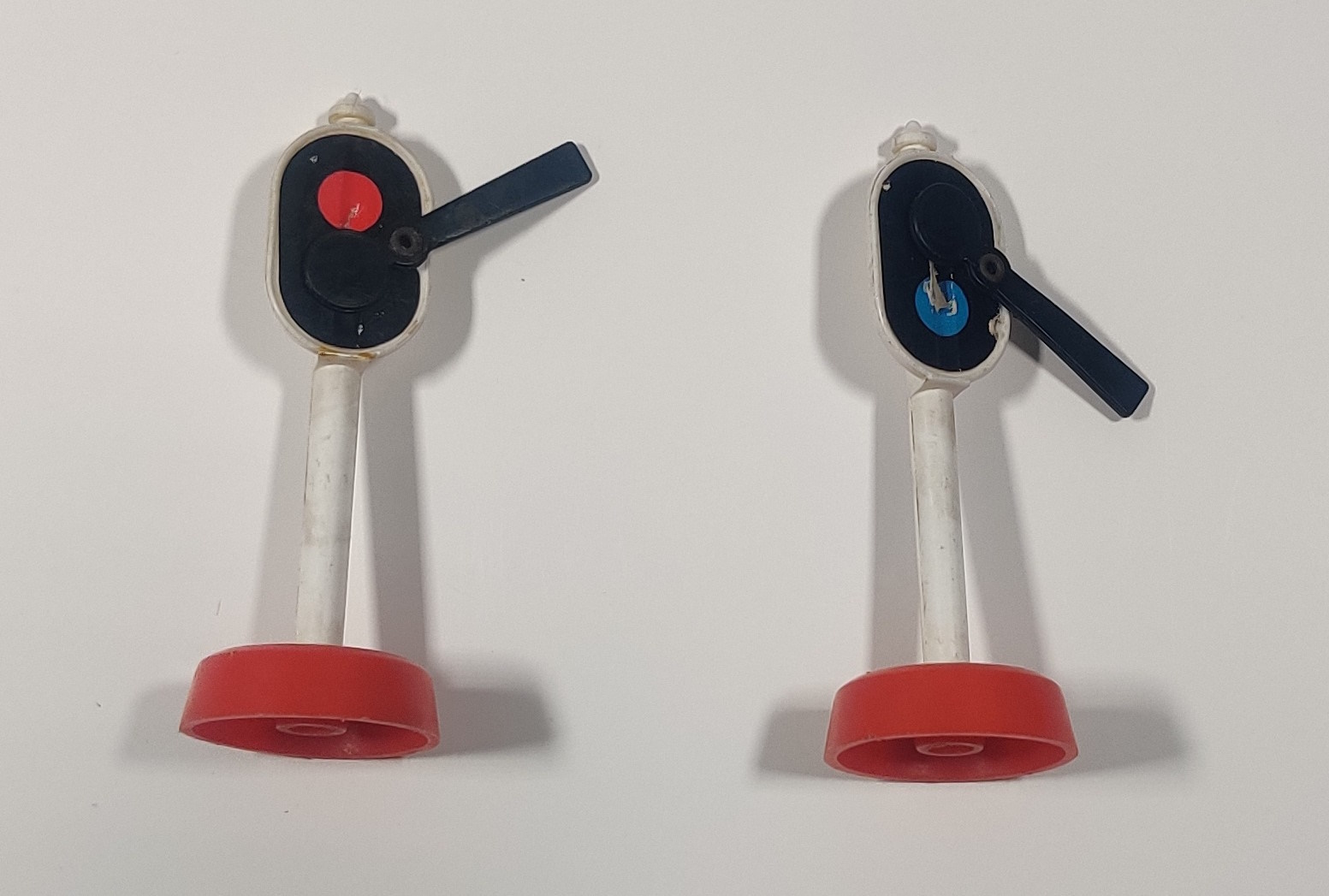
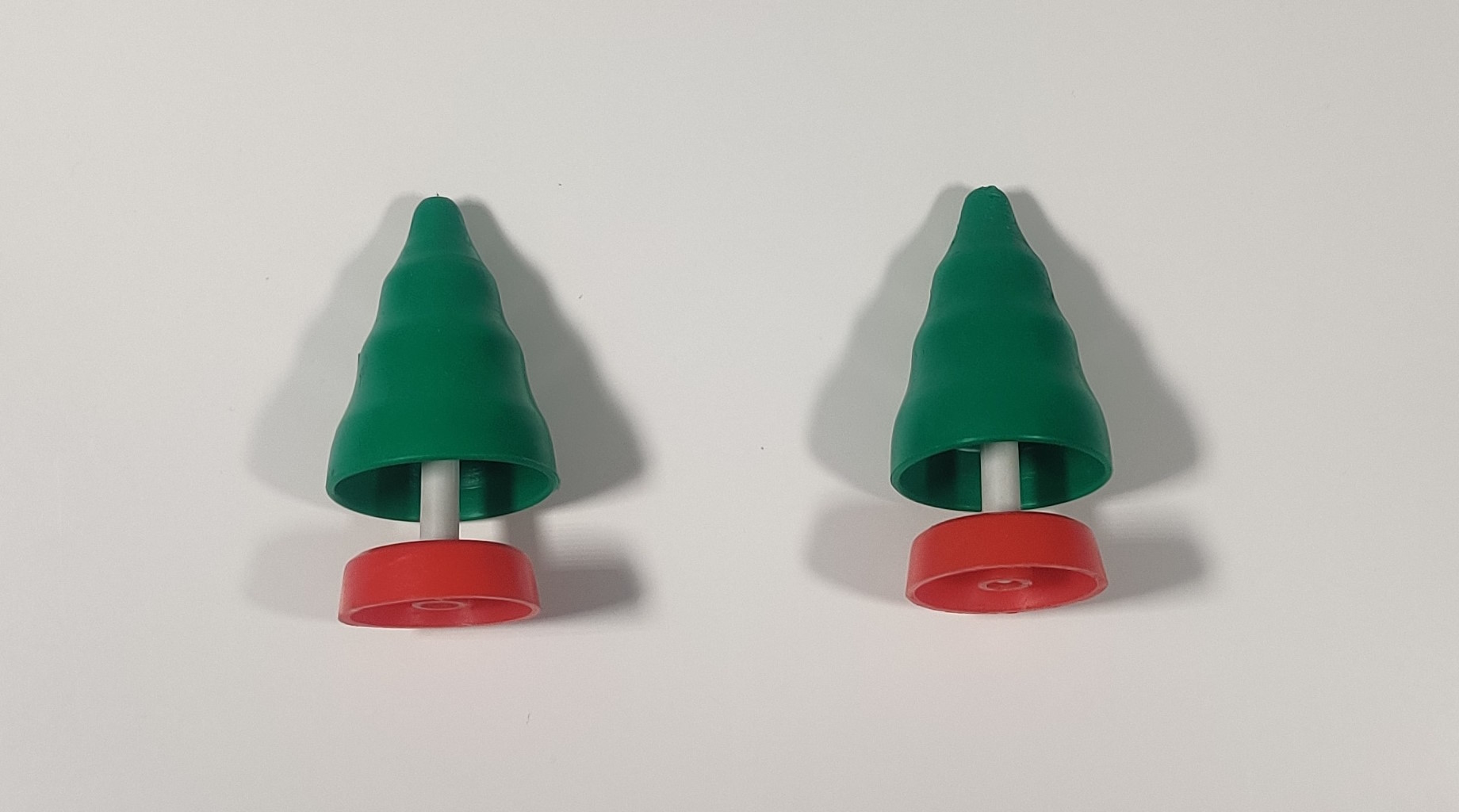
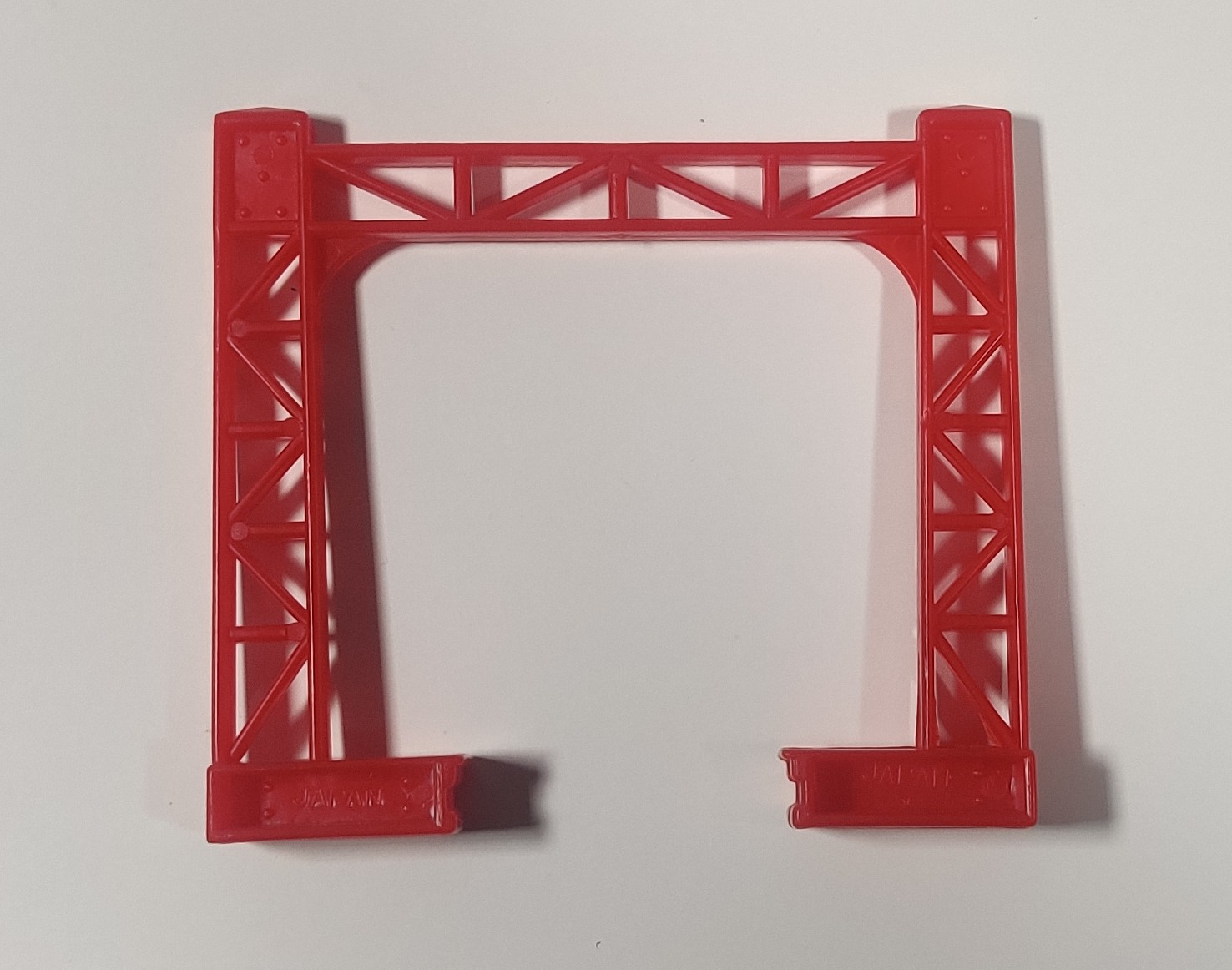
The trees and signals are of the late 70s variety with Japan molded into the red bases but nowhere else. Four electrical catenary marked on one side as made in Japan are also included.
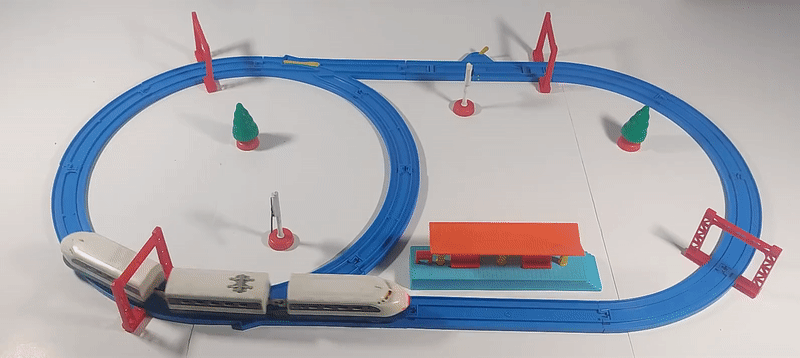
Click for video with sound
This set is obviously very similar to the Basic No.2 Set, just with the updated new Hikari with Light. It is a nice update, I quite like the light feature, but it is definitely a basic set... In 1982 this set was rereleased with the same contents in the 1980s style of box as the Basic No.2 Set Hikari with Light.
| Set name | Basic No.2 Set Hikari with Light 基本No.2 セットライト付ひかり号 |
Release period | 1979-~1982 |
| Train rating |
    
| Track rating |
     |
| Accessory rating |
     | Overall |
     |
| Notes: |